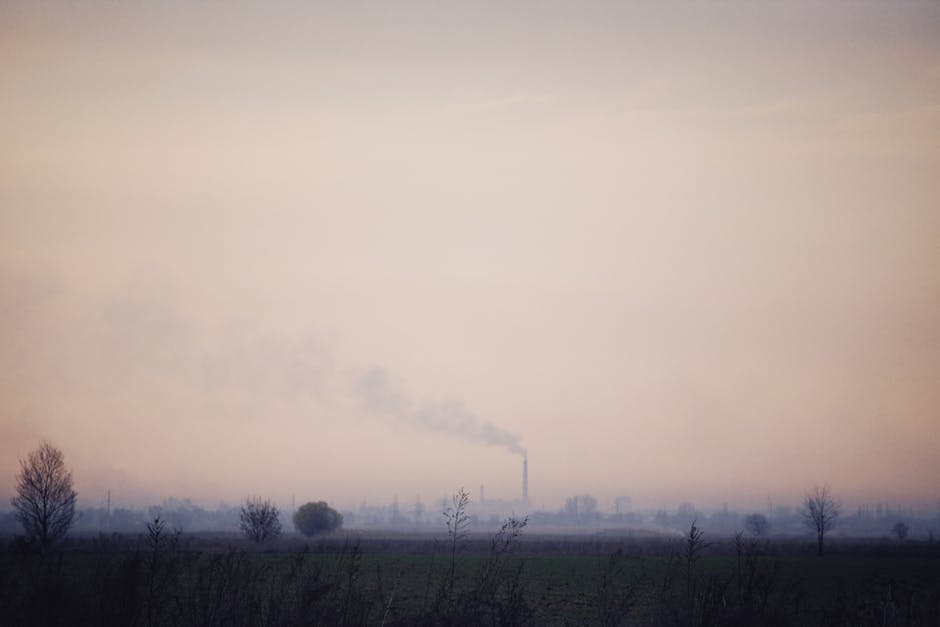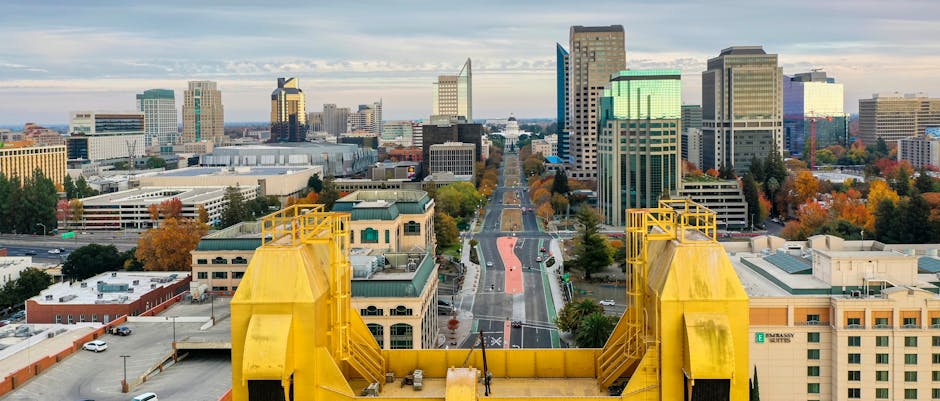KOLKATA – The current air quality in Ballygunge, Kolkata, is a significant concern for residents as the Air Quality Index (AQI) has climbed to 197 this morning. This reading places the upscale South Kolkata locality firmly in the ‘Moderate’ category, nearing the more dangerous ‘Poor’ threshold.
For those in the leafy lanes of Ballygunge, this isn’t just a number; it’s a reality felt through a slight sting in the eyes and a persistent tickle in the throat. An AQI of 197 is a public health advisory, particularly for the city’s vulnerable populations, signaling that the air is filled with pollutants.
What an AQI of 197 in Ballygunge Means for Your Health
The Air Quality Index (AQI) is a tool used to communicate the level of air pollution. While an AQI between 101 and 200 is classified as ‘Moderate’, a reading of 197 is at the highest end of this range. It indicates a high concentration of harmful pollutants, primarily PM2.5 and PM10 particles. These microscopic pollutants can penetrate deep into the lungs and even enter the bloodstream.
At this level, the general public may experience minor breathing discomfort. However, the risk is significantly higher for sensitive groups.
Who is Most at Risk from Moderate Air Pollution?
* Children: Their lungs are still developing and are more susceptible to damage.
* The Elderly: They may have weaker respiratory and cardiovascular systems.
* Individuals with Pre-existing Conditions: Those with asthma, bronchitis, COPD, or heart disease may experience aggravated symptoms, including coughing, chest tightness, and shortness of breath.
Primary Causes of Poor Air Quality in Kolkata
The deteriorating air quality in Ballygunge is a predictable result of several factors converging during the winter season:
- Vehicular Emissions: Heavy traffic on major roads like Ballygunge Circular Road is a primary source of pollutants.
- Construction Dust: Continuous infrastructure and real estate projects release large quantities of particulate matter.
- Temperature Inversion: A classic winter weather phenomenon where a layer of cool air is trapped near the ground by warmer air above. This acts like a lid, preventing pollutants from dispersing.
- Low Wind Speed: Stagnant air conditions mean that smog and pollutants are not blown away, allowing them to accumulate at ground level.
A City-Wide Concern
While our focus is on Ballygunge, this is not an isolated issue. Air quality monitoring stations across Kolkata are reporting similarly high AQI levels. This is part of a larger, annual challenge that metropolitan India faces every winter, highlighting the urgent need for systemic solutions.
How to Protect Yourself: A Guide to Breathing Safer
As the city works on long-term solutions, residents can take immediate steps to safeguard their health from the current air quality in Ballygunge:
- Limit Outdoor Exposure: Sensitive individuals should avoid strenuous outdoor activities, particularly in the early morning and late evening when pollution is at its peak.
- Wear a Protective Mask: When outdoors, use a well-fitting N95 or FFP2 mask. Standard cloth or surgical masks provide minimal protection against fine PM2.5 particles.
- Keep Indoor Air Clean: Keep windows and doors closed, especially during peak pollution hours. Ventilate your home in the mid-afternoon when air quality tends to be slightly better.
- Use Air Purifiers: For homes with vulnerable individuals, an air purifier equipped with a HEPA filter can significantly improve indoor air quality.
- Stay Informed: Regularly check the daily AQI in Ballygunge, Kolkata using reliable apps or websites to plan your day accordingly.
The AQI reading of 197 is a clear warning. It calls for caution and proactive measures from every citizen. For now, the message is clear: breathe carefully.




